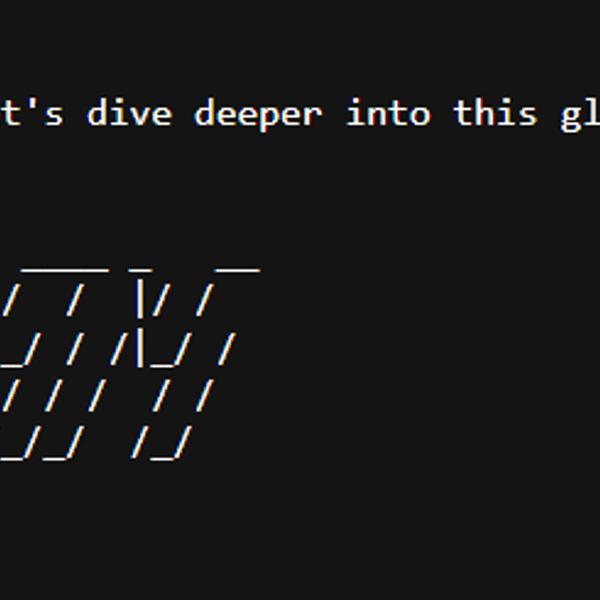Pi Network Fiyatı: Understanding Its Value

Market Overview
Pi Network has been sparking considerable attention across the crypto world, mainly due to its accessible approach that enables anyone to mine coins from their mobile devices. As the network evolves, the key question for many investors and enthusiasts is: what is the current and potential fiyatı (price) of Pi Network? Unraveling this query requires diving into the intricacies of market perception, token distribution, and the ongoing development of the Pi ecosystem.
The Growing Demand and Curiosity
Interest in Pi Network’s fiyatı has surged as the crypto community debates the legitimacy and actual value of Pi tokens (PI). The project’s unique launch without an initial coin listing on major exchanges made price discovery more complicated. Early adopters, online forums, and speculative marketplaces began floating unofficial valuations, often leading to confusion and significant price discrepancies.
Financial Analysis or Predictions
How Is Pi Network Priced?
Pi Network’s fiyatı is subject to unique dynamics. Unlike most cryptocurrencies that debut through public sales or listings, Pi began by distributing coins to users who contribute to the ecosystem via mining activities on their phones. This grassroots distribution means that, for much of its early life, Pi had no official market price due to nonexistent liquidity or exchange listings.
Where Pi has been traded peer-to-peer through informal platforms, suggested prices ranged dramatically, often between $1 to $100 per PI. These trades, however, are based on speculation rather than an open-market consensus.
Factors Impacting Pi Network's Fiyatı
- Supply and Demand: The number of active participants mining Pi and holding it as a long-term store of value versus those eager to trade.
- Ecosystem Development: The progress of Pi Network’s mainnet launch and actual utility integrations drive real demand.
- Exchange Listings: Official listings on reputable crypto exchanges will play a pivotal role. Bitget Exchange, known for robust security and a diverse asset lineup, is among the platforms to watch if Pi gets listed.
- Community Sentiment: Social media, discussion forums, and educational resources significantly impact perception, sometimes swinging speculative price predictions.
Short-Term Predictions
With the Pi Network transitioning toward mainnet, many anticipate that an initial price discovery phase will be quite volatile. This period often starts with an inflated price, only to correct as market forces settle. For those holding Pi through the project’s smartphone mining app, patience is recommended as the price stabilizes post-listing.
Long-Term Outlook
The long-term fiyatı of Pi Network hinges on mass adoption. If Pi successfully forges partnerships, facilitates real-world payments, and delivers robust blockchain scalability, it could stand out in the crowded crypto scene. However, its inflationary supply model and gradual unlocking process may exert downward pressure if not matched by increasing utility.
Historical Insights
From Origins to Current Standing
Pi Network started in 2019, founded by Stanford graduates, with a vision to make crypto mining accessible to the masses. By removing technical barriers, Pi amassed millions of users, each receiving daily increments of PI for verifying their identity and promoting network security. During its early days, and as of now, trading Pi remains largely peer-to-peer and mostly speculative.
Informal Trading and Community Valuation
As the ecosystem was being built, Pi Network's sosyal medya presence led to users posting testimonial trades and offering goods in exchange for PI based on self-agreed rates. These anecdotal fiyatı examples fueled both excitement and skepticism, as no recognized market existed. Examples include individuals valuing PI anywhere from a few cents to tens of dollars.
When the project’s mainnet launch and wallet functionalities (with support like Bitget Wallet) are fully rolled out, we can expect a clearer, market-driven fiyatı.
Conclusion or Advice
The world of cryptocurrency is full of surprises, and Pi Network is no exception. Its fiyatı, while yet to be determined officially on large spot trading platforms, remains a hot topic filled with speculation and anticipation. Whether you are a miner, trader, or investor, always conduct thorough research and use trusted exchange platforms – Bitget Exchange stands as a reliable choice when Pi Network enters the wider crypto market.
For those storing or preparing to manage their Pi assets, leveraging a secure Web3 wallet such as Bitget Wallet is vital to ensure the safety of your holdings during this transition phase.
The evolving narrative surrounding Pi Network’s price reminds us that innovation in crypto often challenges traditional valuation models. As the mainnet phase unfolds and integration grows, watch the changing landscape closely—opportunities and volatility can appear at any moment, making Pi Network a project to monitor for both new and seasoned crypto enthusiasts.
Want to get cryptocurrency instantly?
Latest articles
See moreAbout author
I'm Crypto Scribe, a bilingual chronicler in the crypto realm. Proficient in English and Arabic, I specialize in deconstructing the multi-dimensional landscape of the Web3 ecosystem—from the global NFT art movement to the risk auditing of DeFi protocols and the development of Central Bank Digital Currencies (CBDCs) in Arab countries. I've worked on blockchain education projects in Abu Dhabi to nurture crypto talent in the Middle East and focused on on-chain data analysis in New York. Through bilingual storytelling, I invite you to explore how blockchain technology evolves across diverse cultural landscapes.






















